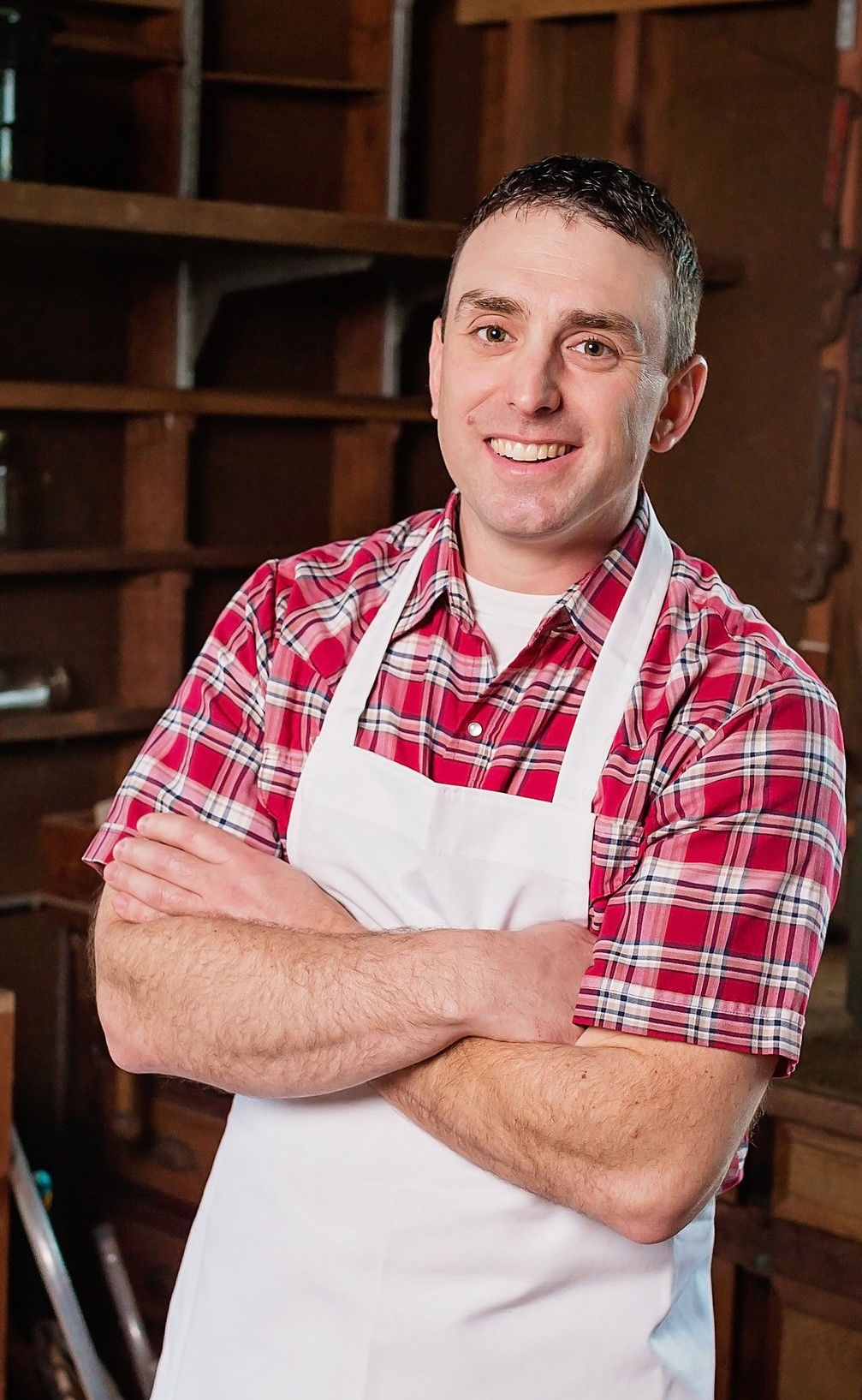No matter the environment, cattle should improve.
That common thread links everything from sustainability to carcass utilization, Phil Bass told ranchers at the Florida Cattlemen’s Association annual convention in June.
The University of Idaho meat scientist who spent years as the Certified Angus Beef brand’s “Dr. Phil” was addressing Floridians but his key message was for all beef producers.
“We have to remember that cows don’t just walk all over the range and into a steak house,” Bass said. “Something has to happen in between.”
Environmental obstacles stand in the way of consumer demand, but well-managed herds overcome them, he said.
“You can put these magical creatures just about anywhere to eat grass and turn it into meat,” Bass said. “Wow, we should be excited about that. That’s miraculous! The challenge with that is the variation of region and therefore cattle. We need to manage that, too.”
Change may not be easy, improvement will look different for each, but something can be done.
Top of the list: consistency.
“I put my butcher hat on—I don’t know what that would look like,” Bass joked, “but I need consistency. I need it to be high-quality every single time.”
If the harvest process becomes inefficient, beef becomes less affordable for the end user making protein choices every day.
What’s more, it better taste good.
“We use all of our senses, visual, everything,” Bass said. “The meat has to look good, has to taste good, so that people come back to it.
“If we as a beef community do not deliver something that tastes good, we won’t have to worry about raising cattle. We have to deliver what the consumers want.”
It can feel like an uphill battle, particularly for those who sell at weaning for a price per pound. But cattlemen are in this together, within an industry defined by resilience and improvement.
Restrictive environments simply require more balance.
“It’s everything,” Bass said. Growth and carcass quality coexist when the right genetics align. Targeted management can bring out the animal’s full potential no matter its home.
“Although these [bos indicus] animals can do very well in the Southeast, they do have a specific enzyme that prevents the natural tenderization we like to see from a meat perspective,” Bass said. To offset the enzyme’s impact, he suggested bringing in British-type breeds like Angus in a crossbreeding program.
Talk to local university animal scientists, he said. On a broad scale, the beef industry is set up to generate a high volume of cattle in the Southeast and move them to areas where feedyards are prevalent, thus generating an efficient, high-quality product that pays premiums to the seller.
The signals are there for the live cattle and meat side to work together, packer and rancher with the same goal.
“You have to have the balance, you have to have the pounds but then you also have to have the marbling to go along with it. The quality. The consistency,” Bass said. “That’s so the grocery-store consumer who doesn’t understand the meat business and beef community can at least trust what they’re buying.”
The benefit that beef has is taste, Bass said. That’s the leg up on the competition.
“It is exceptional, it is different, and it’s highly palatable—way beyond that which you can get from any other species.”
It’s crucial that cattlemen take full advantage.


